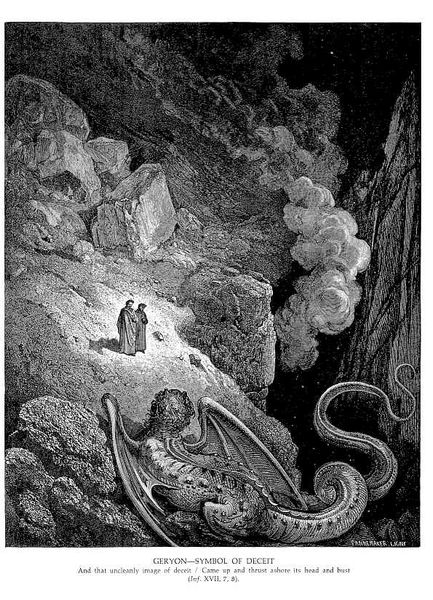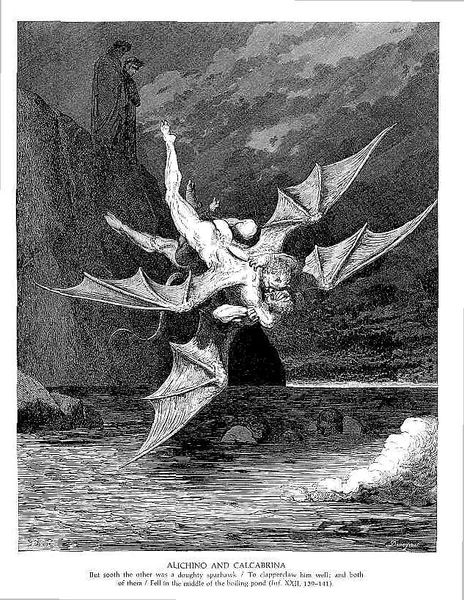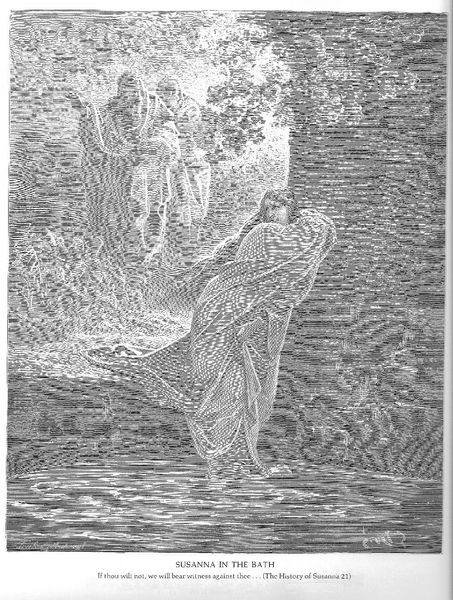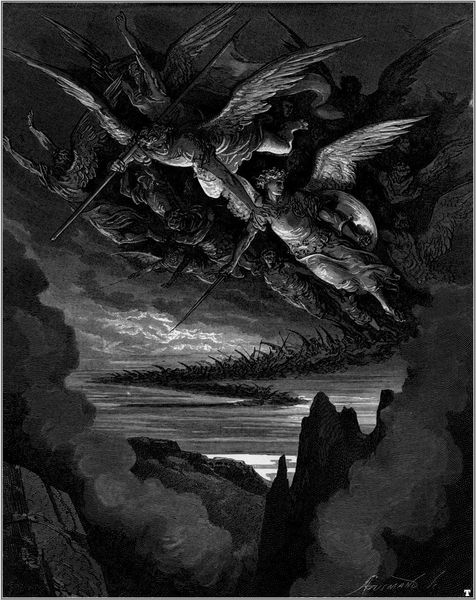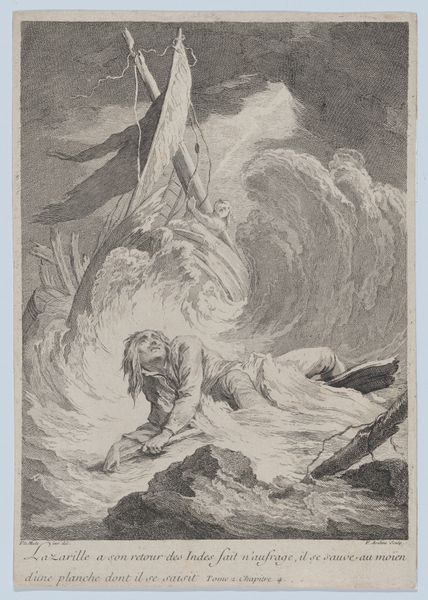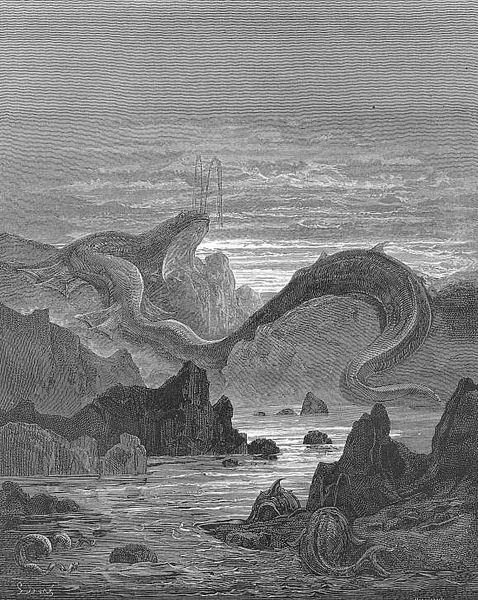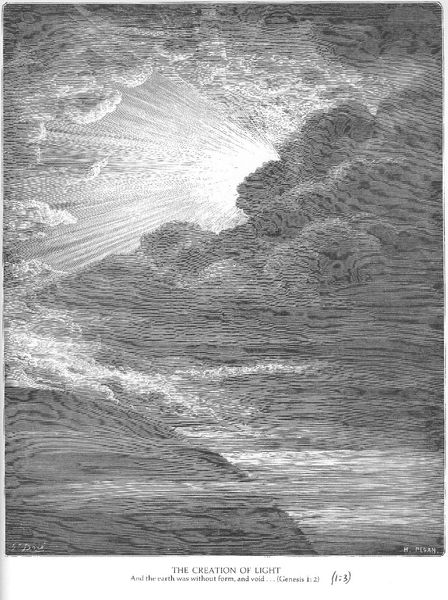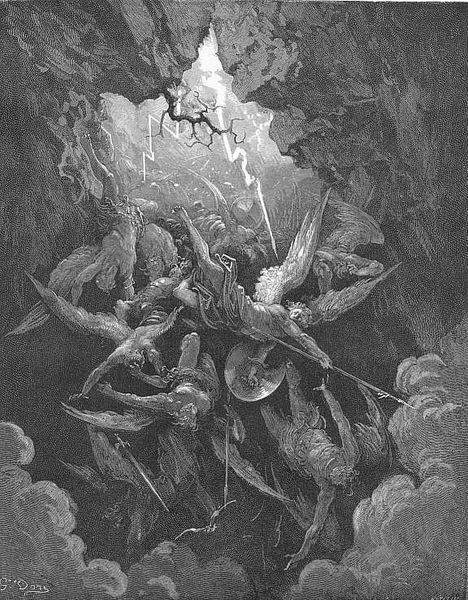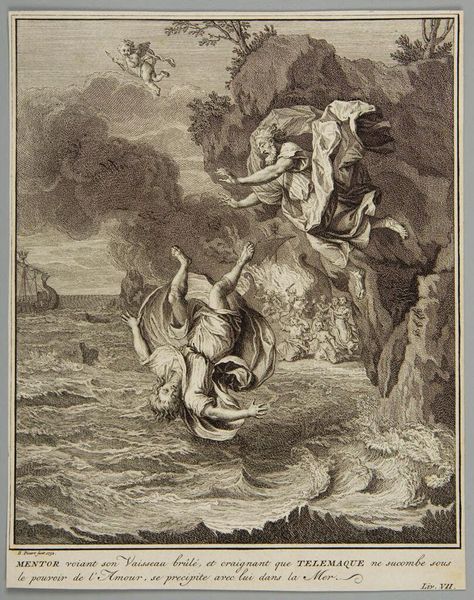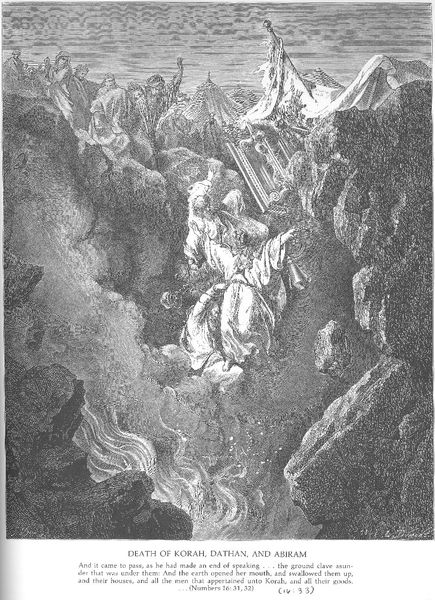
drawing, print, photography, ink, woodcut, engraving
#
drawing
#
allegory
#
narrative-art
# print
#
landscape
#
figuration
#
photography
#
ink
#
romanticism
#
woodcut
#
christianity
#
line
#
history-painting
#
engraving
#
realism
#
angel
Copyright: Public domain
Curator: What strikes me first about this image is its raw energy, that feeling of churning chaos. Editor: This intense scene is “The Destruction of Leviathan.” The artist is Gustave Doré, and it's rendered in ink. It powerfully visualizes a scene from the Old Testament. Curator: You can almost hear the roar of the sea and feel the tremors as this behemoth of a creature writhes. It's nightmarish, yet oddly… glorious? The angel, haloed in light above, seems less a figure of hope and more an instrument of… well, destruction. Editor: The image definitely plays into the tradition of the sublime—that aesthetic category where terror and awe meet. The social implications are huge; images like this were incredibly impactful in disseminating biblical stories and values, reinforcing ideas about divine power and cosmic order during periods of rapid social change. Think of the audience, the power of these readily available engravings. Curator: I'm wondering what it means to take something so massive, so primordial, and flatten it into a series of lines on paper. It is kind of sad—we get a biblical showdown rendered in monochromatic shades of grey... Maybe that underscores how impossible it is to truly represent something divine or monstrous. We are limited by our own scope. Editor: Exactly! And consider Doré’s position in shaping these visual narratives for a wide audience, even cementing certain aesthetics, especially through illustrations in widely circulated books like the Bible. What influence did those books play, by becoming mainstream objects in society? Curator: It's strange to think how influential these illustrations might've been on people’s imaginings of heaven, hell, and everything in between. Like, before cinema, maybe this *was* cinema for many people? It would have influenced their perceptions. Editor: That rings true. Thinking about it now, what stands out is the stark contrast—not just in the blacks and whites, but in the message: that power can both create and destroy. Curator: Yes, perhaps the key isn't just in destruction but in transformation—turning chaos into some kind of higher purpose, rendered with ink. A somber but true point.
Comments
No comments
Be the first to comment and join the conversation on the ultimate creative platform.
